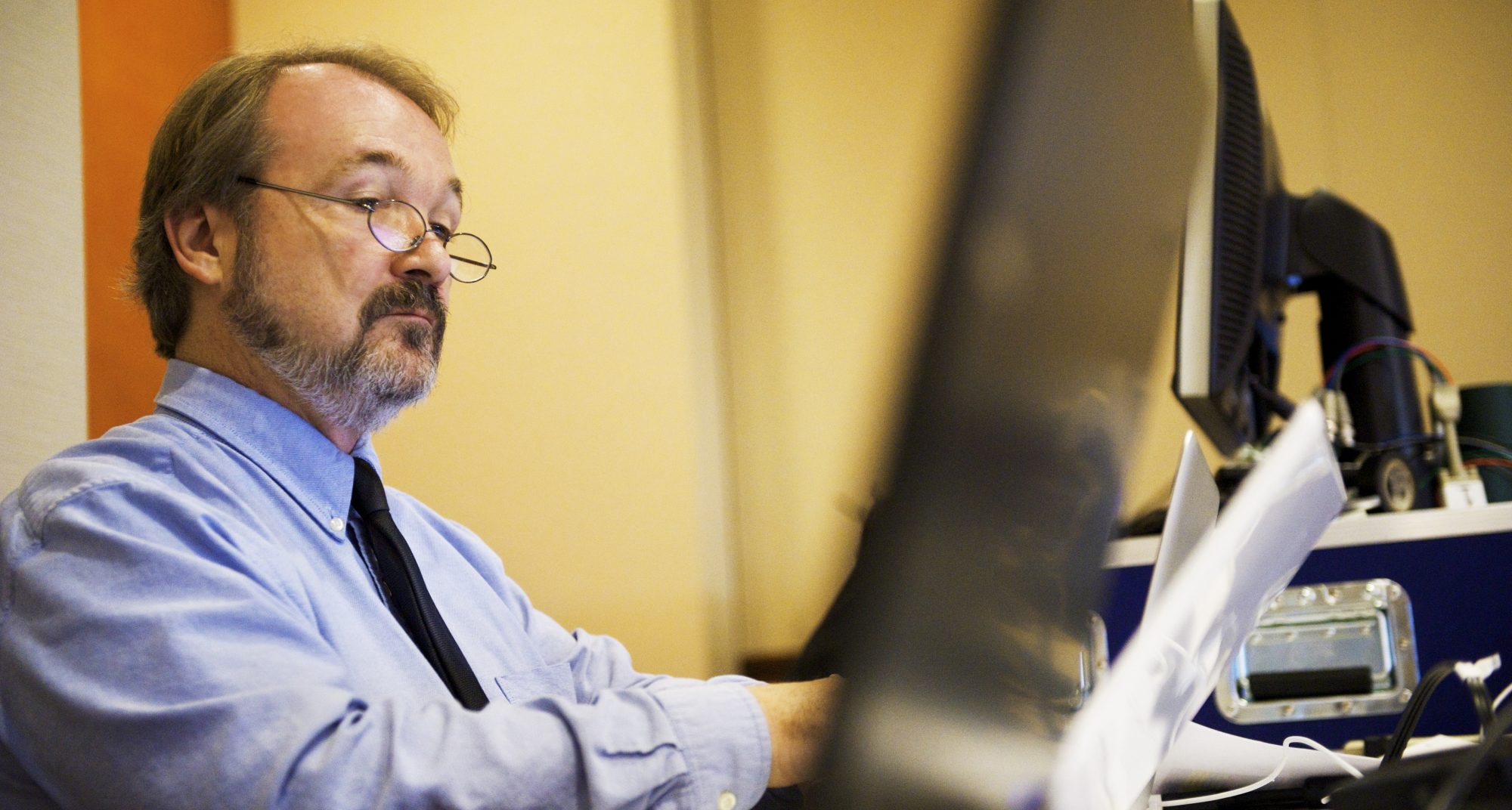
(Image by Marga Santoso, via Unsplash)
Architecture professor William Hubbard once claimed that buildings were always part of at least three different sets of discourses.
- There’s the discourse of order: has this building been rigorous about the way that it solves formal problems? Has it set interesting problems in the first place? This is an intellectual conversation, having to do with the building’s contributions to the theory and practice of the discipline.
- There’s the discourse of worth: Is this building efficient? Does it promote the goals of the organization that bought it? Has it helped its clients teach better, heal better, work better? Has it made the client more profitable? This is an instrumental conversation, having to do with the business goals that the building advances.
- And then there’s the discourse of values: Does it promote the community? Does it “fit in” with the surroundings? Does it help bring us together and make us proud of our place? This is a community conversation, having to do with the way that a building does or does not promote collective ideals.
Different viewers of any building will not only have different opinions about it, but those opinions will be based in entirely different conversations. It’s no surprise that we don’t always like the same things.
I think that writing also responds to these same three discourses, and probably other ones as well
Literary critic Wendy Lesser reads for intellectual pleasure. She writes, “I live with, and through, literature. That, I suppose, is what I am hoping to transmit—that sense of connection with something other than oneself and one’s friends and one’s life in this time. Reading literature is a way of reaching back to something bigger and older and different. It can give you the feeling that you belong to the past as agent well as the present, and it can help you realize that your present will someday be someone else’s past. This may be disheartening, but it can also be strangely consoling at times.”
The literary agent Janet Reid reads for economic value. “What I’m looking for isn’t a checklist. If I read something and like it (a lot!) I will consider whether I think I can sell it. I will consider how much I can sell it for. I will consider whether the author appears to be someone I can work with or if they are giving off Nutso Vibes. I’ll look at other books on my list and consider if this fits or overlaps with my current clients. A lot of those specific “things I’m looking for” are in fact responses to what we think will sell. There’s been a surge in demand for books that specifically reflect diversity in race and ethnicity, rather than the characters simply being default white. Some of the requests reflect our knowledge of holes in the market. And some of it is just us yapping about what we like to read.”
The novelist Jennifer Weiner reads, and writes, for emotional support. During a conference talk, Weiner said there’s a “political impact of escapism. I wrote my first book almost as a life raft to the girl I had once been. I wanted girls like me—who felt ugly, or fat, or lonely, or like it was never going to get better—to be able to read something and think maybe it will. Why do we read? Yes, to understand the world, and, of course, to meet characters that are alive and visceral. But, at least to me, sometimes we do read to make friends. Sometimes we do read to escape, or find comfort, or to spend time in a world that is a little more fair and a little more kind than the world that we inhabit.”
Spend some time thinking about the things you’ve read in the last year that you really loved. And then try to write down the reasons why it was so wonderful. Those are the reasons that should motivate us, as well. We should be writing what we love to read.



